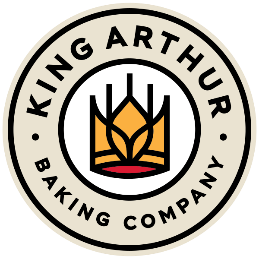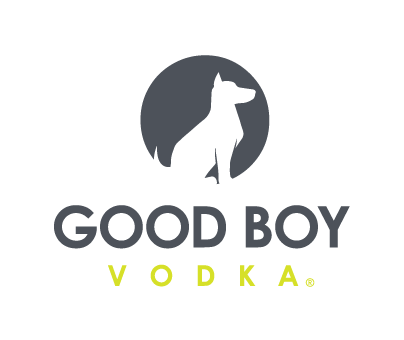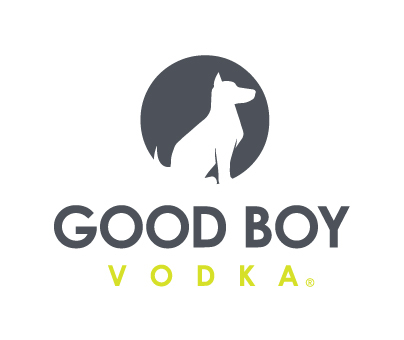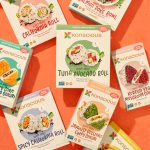Voyage Foods Seeks to ‘Future Proof’ Favorites via ‘Food Architecture’
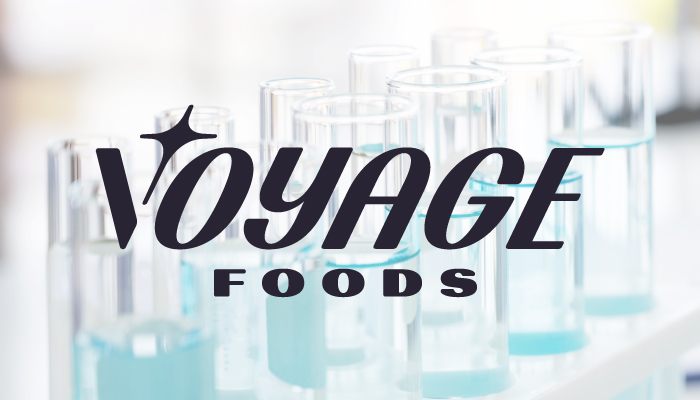
Voyage Foods wants to make sure consumers’ favorite foods are around for the next generation. Ironically, the path to ensuring this continuity means eschewing their core ingredients entirely. The company announced this week it would launch a cacao-free chocolate, peanut-free peanut butter and coffee-free coffee — all made using patented technology and easily accessible ingredients.
What is Voyage Foods
Founded in late 2020 by CEO Adam Maxwell, a veteran of “molecular spirits” company Endless West, Voyage has already raised $5.8 million from investors including Valor Siren Ventures and Horizon Ventures.
The company’s ultimate goal is to revolutionize the food industry by offering affordable and sustainable alternatives to products with problematic supply chains — be it contributing to climate change or deforestation or issues surrounding fair labor practices. Other areas of focus also include replicating foods that are associated with food allergies (such as peanut butter) or that utilize crops that may struggle in the future due to climate change (such as coffee). Though some might argue that the best way to create these products would be to fix the existing issues, Maxwell counters by noting that some crops may simply cease to exist given current farming practices.
“It’s inevitable,” he said in reference to crop extinction. “We’re not fixing coffee cultivation in any way, shape, or form, but hopefully we are part of the solution of making sure that as the supply goes down because of environmental changes, and as consumption goes up, that people can still afford to drink a cup of coffee all over the world.”
While Maxwell remains an advisor to Endless West and counts himself an oenophile, he said the impetus to start the company came from a desire to create an “issue-driven” company that could improve the food system. While Endless West showed him that “it’s possible to do the impossible,” in the end, he said, the spirits industry can only do so much for the planet.
“It’s hard to be truly a mission driven spirits company,” Maxwell said. “I have nothing wrong with the spirits industry, but like, at the end of the day, you are selling poison.”
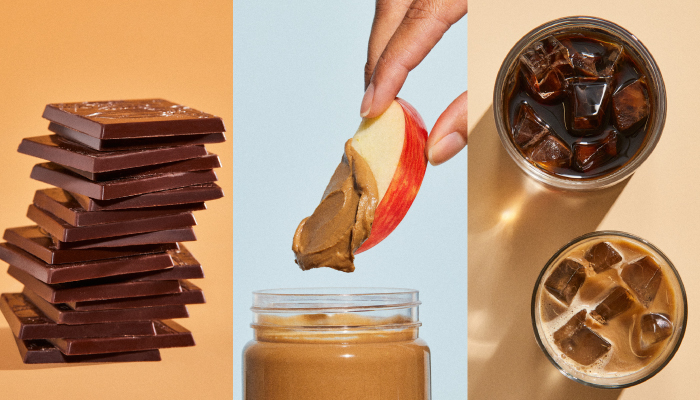
How does Voyage Do it?
Rather than looking for one solution, Voyage uses a combination of process chemistry, process engineering, analytical chemistry, sensory science and data analytics. Unlike many other plant-based companies, these are all technologies that are readily available. Maxwell said, just utilized in a new fashion.
However, unlike some other food tech players, Voyage does not seek to molecularly match its synthetic products to the original ingredient sources. Instead, its scientists analyze taste, texture, smell and appearance as a whole, and reverse engineer what ingredients could be used to recreate these sensory responses. The result, Maxwell said, is a product that is “decoupled” from its “source material,” instead using the “closest precursor” to that ingredient, but still providing the same experience to the end consumer.
“So much of what we’re doing is based on taking everyday things and transforming them into these value added goods,” Maxwell said.
Because the company looks to utilize easily accessible commodity crops as well as upcycled ingredients, Maxwell said, the product’s nutritional panel is also easy for consumers to understand, with a short ingredient list such as fats, grapeseed, sunflower meal, sugar, salt and natural flavors. It also is non-GMO.
Another point of differentiation comes from production. Maxwell noted, for example, that NotCo purchases “off the shelf” ingredients and combines them, while Eat Just doesn’t do their own extraction or protein purification. Voyage, in comparison, does everything in-house at its Oakland, Calif. headquarters — from scientific research to the processing of ingredients to the manufacturing.
Voyage just recently finished building out its 25,000 square foot plant by using off the shelf equipment that has been modified by Voyage, Maxwell said production is “easily scalable.” The company decided to keep production in-house not only because it allows them to “capture more of the value chain,” but also because it will eventually allow better pricing of its products, he added.
“[Thinking about the] cost margin structure, we want to build an enduring business and we want to be able to have really accessible, cost-effective products,” Maxwell said. “There is the initial capex, but it will pay for itself much faster then I think anyone would believe just based on our cost of goods structure.”
What’s Next
First up, the company will debut its peanut-free peanut butter this November, both in larger foodservice packages and shipped direct-to-consumers in jars. The target market will be shoppers who are allergic to peanuts or restaurants and schools that have had to stop using the ingredient.
For the launch Voyage plans to invest in consumer education, explaining to shoppers that despite its name, its peanut butter won’t cause an allergic reaction, something that differs from other products that seek to molecularly mimic ingredients. For example, Perfect Day’s animal-free whey protein cannot be consumed by those people with dairy allergies.
To support the launch, and future development, Voyage plans to close an “eight figure” round of capital later this year.
The coffee, which will be offered as a ready-to-drink beverage and concentrate, as well as the chocolate, sold in bar form, will hit the market in the first half of 2022. The dual strategy of investing in physical products while also being an ingredient supplier is one that many other plant-based food tech providers — namely Perfect Day, Beyond Meat and Impossible Foods — have all also utilized.
All items will be priced “comparably” to their counterparts in the market, and the goal is to eventually have them priced in line with more commodity options. For example, once Voyage hits five to 10 million pounds a year of chocolate, Maxwell said there should be price parity.
That pricing is important not only to make sure that everyone can still have their favorite cup of joe, but also in order to get large producers to turn to Voyage for ingredients, Maxwell said. As a stand-alone brand, there’s only so far the company can go, yet at the same time, it needs to start somewhere.
“For proof of concept and to validate the technology works and to validate that there is a customer base for it…we will be launching a consumer brand later this year,” Maxwell said. “[But] for thinking about how we can make the most impact and function at the highest scale, then yeah, definitely, we’d have to be on the ingredient side.”








